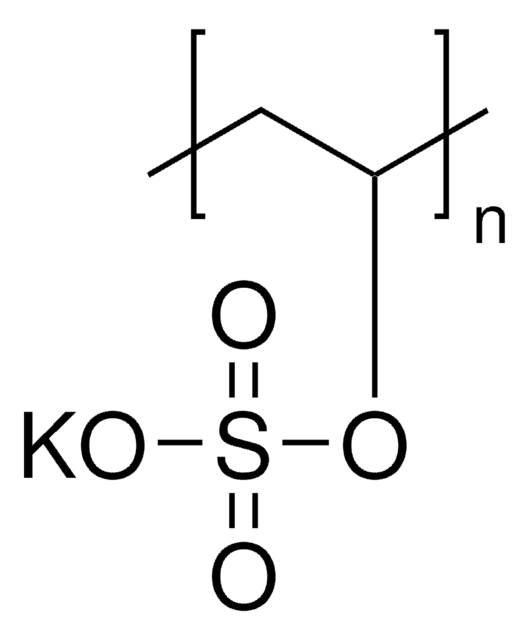191973
Poly(2-acrylamido-2-methyl-1-propanesulfonic acid) solution
average Mw 2,000,000, 15 wt. % in H2O
Sinónimos:
2-Acrylamido-2-methyl-1-propanesulfonic acid polymer, 2-Acrylamido-2-methylpropanesulfonic acid polymer, PolyAMPS
About This Item
Productos recomendados
mol peso
average Mw 2,000,000
Nivel de calidad
concentración
15 wt. % in H2O
pH
1.0-3.0
tensión superficial
79.8 dyn/cm, 1 wt. %
viscosidad
~200,000 cP, Brookfield RVT(lit.)
número de ácido
41‑45 mg KOH/g
cadena SMILES
CC(C)(CS(O)(=O)=O)NC(=O)C=C
InChI
1S/C7H13NO4S/c1-4-6(9)8-7(2,3)5-13(10,11)12/h4H,1,5H2,2-3H3,(H,8,9)(H,10,11,12)
Clave InChI
XHZPRMZZQOIPDS-UHFFFAOYSA-N
Categorías relacionadas
Aplicación
Características y beneficios
Palabra de señalización
Danger
Frases de peligro
Consejos de prudencia
Clasificaciones de peligro
Skin Corr. 1A
Código de clase de almacenamiento
8A - Combustible corrosive hazardous materials
Clase de riesgo para el agua (WGK)
WGK 3
Punto de inflamabilidad (°F)
Not applicable
Punto de inflamabilidad (°C)
Not applicable
Elija entre una de las versiones más recientes:
¿Ya tiene este producto?
Encuentre la documentación para los productos que ha comprado recientemente en la Biblioteca de documentos.
Los clientes también vieron
Artículos
We present an article that discusses two applications in particular; first, using these layers as polyelectrolyte membranes to control permeability.
Global Trade Item Number
| Número de referencia del producto (SKU) | GTIN |
|---|---|
| 191973-250G | 4061833595275 |
| 191973-100G | 4061838760395 |
Nuestro equipo de científicos tiene experiencia en todas las áreas de investigación: Ciencias de la vida, Ciencia de los materiales, Síntesis química, Cromatografía, Analítica y muchas otras.
Póngase en contacto con el Servicio técnico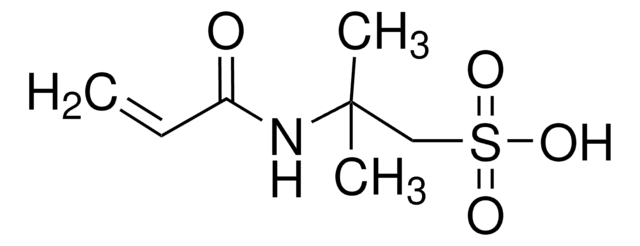
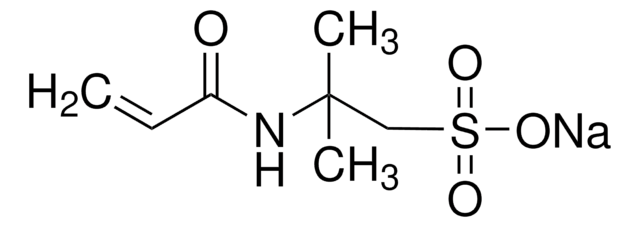

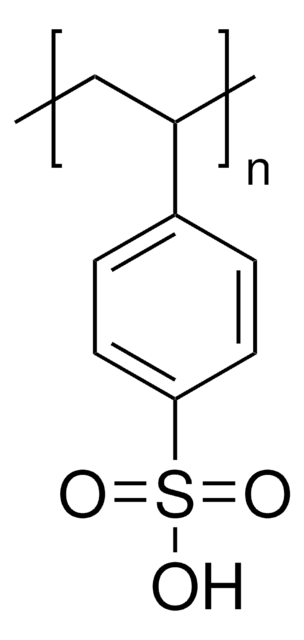

![Poly[bis(2-chloroethyl) ether-alt-1,3-bis[3-(dimethylamino)propyl]urea] quaternized, solution 62 wt. % in H2O](/deepweb/assets/sigmaaldrich/product/structures/139/843/f0b4a2ac-de44-4fb5-ab36-a700daaf8aa5/640/f0b4a2ac-de44-4fb5-ab36-a700daaf8aa5.png)
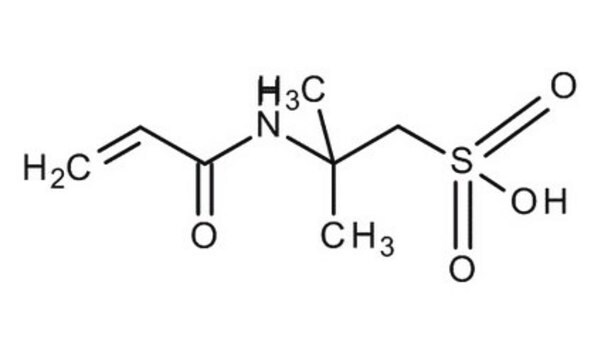
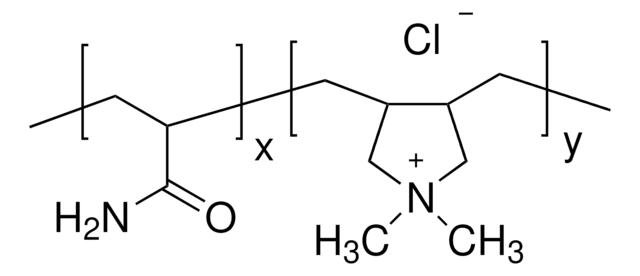
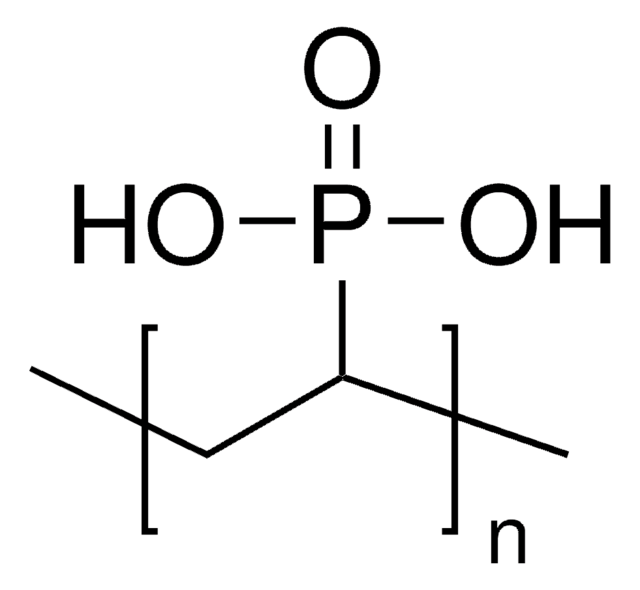


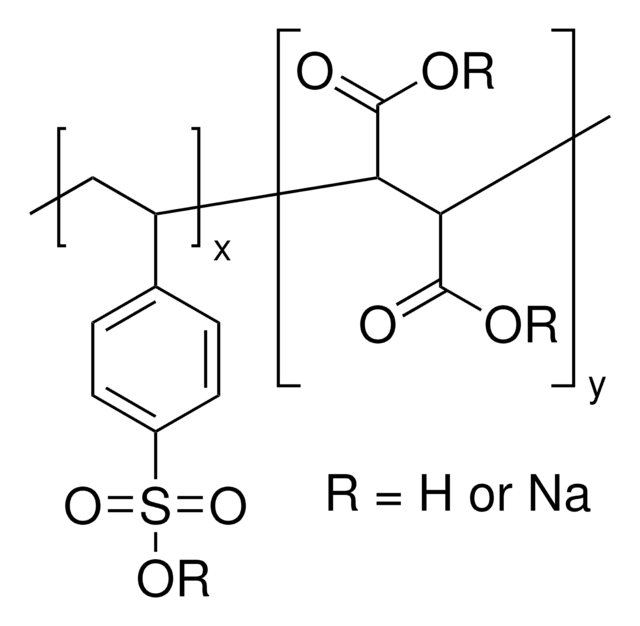

![Poly[(2-ethyldimethylammonioethyl methacrylate ethyl sulfate)-co-(1-vinylpyrrolidone)] average Mw <1,000,000 by GPC, 20 wt. % in H2O](/deepweb/assets/sigmaaldrich/product/structures/334/533/03fcaede-76a6-4b5a-a992-9565ea1ace4a/640/03fcaede-76a6-4b5a-a992-9565ea1ace4a.png)

